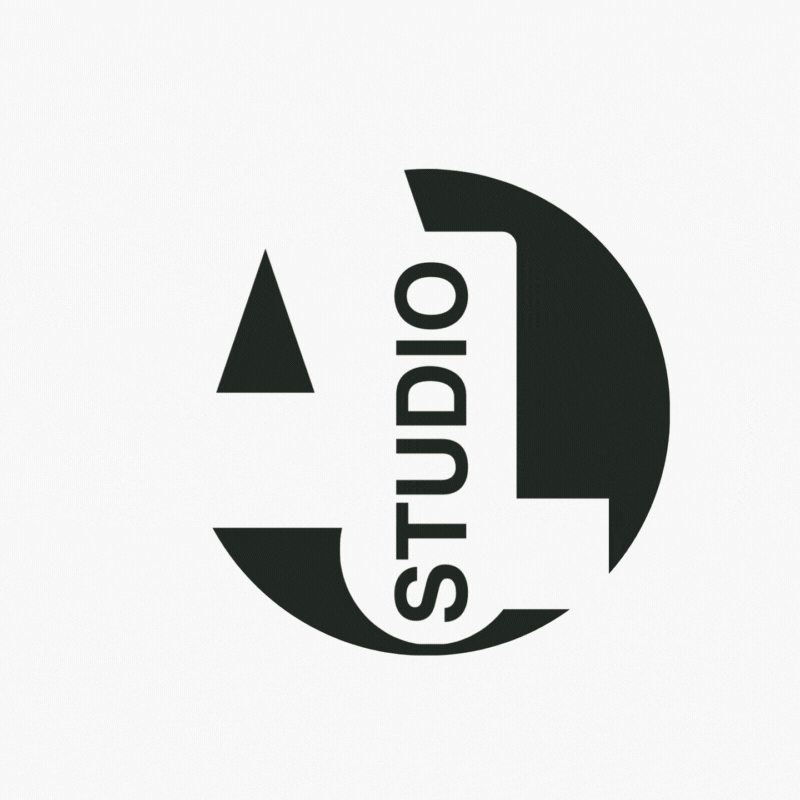Science Communication and Emotionality through Art
- Skylar Cuevas
- Oct 13, 2020
- 3 min read
Updated: Jan 13, 2021
By: Skylar Cuevas

Science communication to the general public poses many translational challenges to scientists, leading to the loss or unfamiliarity of scientific findings. With the demand for a more efficient tool in science communication increasing, implementing visual art and other art partnerships to simulate emotionality in an audience is promising.
Neuroscientist and graphic designer Cristian Zaelzer of McGill University in Montreal, Canada published “The Value in Science-Art Partnerships for Science Education and Science Communication” in eNeuro, a journal through the Society for Neuroscience, in July 2020. Zaelzer reflects on the current “deficit model” many scientists use to communicate their research to the public and proposes a more efficient model: the two-way engagement approach. The deficit model leads scientists to attempt to educate the public on science knowledge in order to fill what is perceived as a knowledge gap. In response, Zaelzer introduces the two-way engagement approach which promotes the public community in realizing their role in furthering science knowledge. It also allows for underrepresented voices to be engaged in science communication, enticing emotionality and building a better trust between scientists and underrepresented communities.
Zaelzer supports the two-way engagement by introducing art as a tool to communicate to the public and encourage public involvement. He stresses many studies suggesting the high release of dopamine in response to art, invoking emotionality and trust. Furthermore, Zaelzer hypothesizes that using art representations of science as a science communication may allow the public to better receive and understand the messages scientists are trying to convey. Though this seems like an easy route to take in science communication, Zaelzer explains, “To demonstrate especially to scientists that there is a lot of practical use in collaboration with people from other fields can be always challenging because as a scientist, we are trained to believe that the scientific model is the only interface way to talk to people and to extract knowledge.” The challenge is crossing this barrier.
Zaelzer presents many organizations that have effectively used art in science communication such as ArtNeruo at the University of London, which presents science in free art exhibitions as easily understood visuals. Furthermore, Zaelzer himself founded an organization called The Convergence Initiative which integrates neuroscience with the arts. In the Convergence Initiative, neuroscience and fine art students from McGill University and Concordia University in Montreal, Quebec collaborate in a two-semester course to develop sci-art projects. The end result of the course includes a team of artists and neuroscientists finalizing a project in which the neuroscientists contributing science knowledge and the corresponding artists raising questions to the scientist about the process that is not so obvious to the public. This project encourages awareness on humanistic relations to science communication and provides a better understanding of the intersection in feeling and reason.
“This is the first time that I’ve heard someone clearly articulate the emotionality of art, and the necessity of emotion within science. This work speaks to the humanistic purpose of creating science-art,” says Kendra Oliver, researcher in communications of science and technology at Vanderbilt University in Nashville, TN. She mentions, “… that there are other opportunities such as viewing art as an educational tool, as a way to engage people, and beyond. Overall understanding the intersection of art and science is really quite complex.” The future of art as a tool in science communication seems promising in advancing the trust and scientific knowledge between scientists and the general public.


Comments